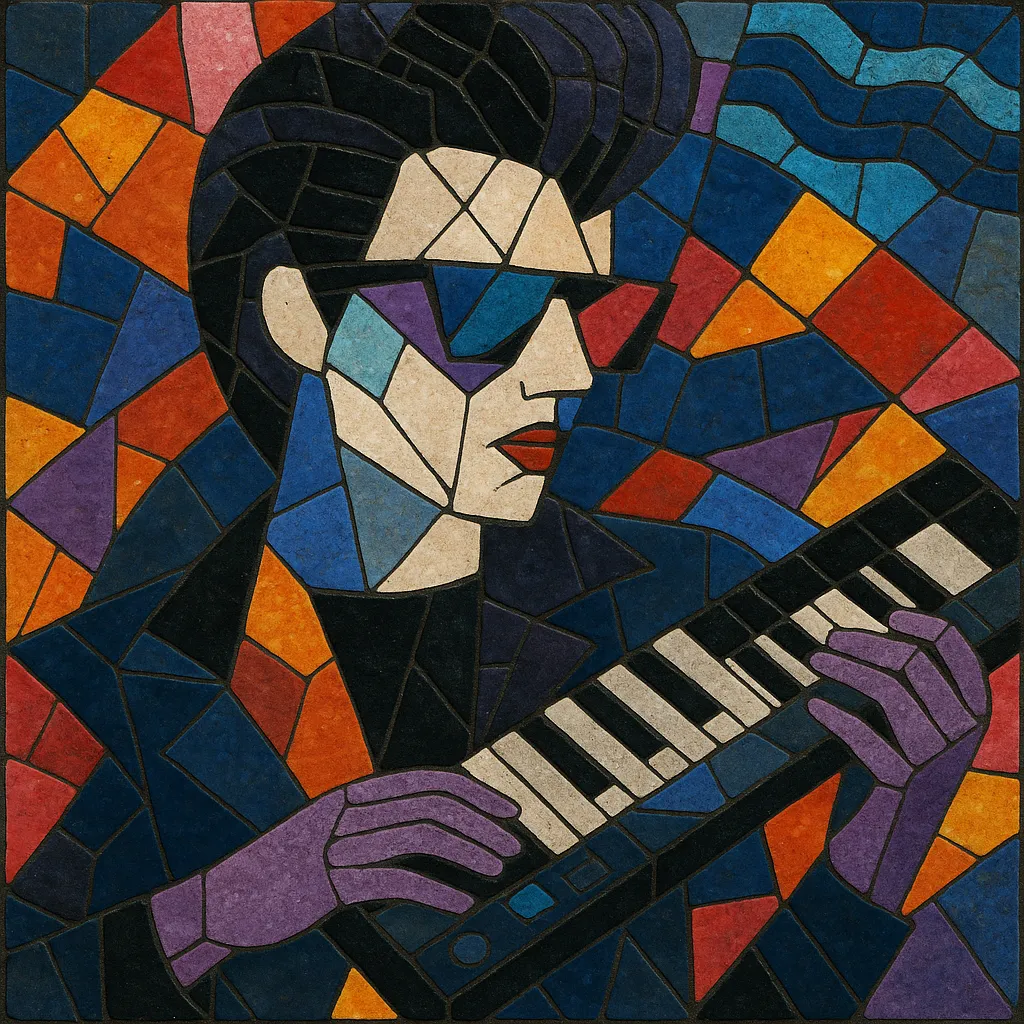New wave is a post-punk, pop-forward movement that blends the immediacy of punk with glossy pop hooks, danceable rhythms, and an art-school sensibility.
Defined by crisp, often chorused guitars, prominent bass, steady four-on-the-floor or disco-inflected drums, and increasing use of synthesizers and drum machines, it channels irony and modernist themes into tight, radio-ready songs. Vocals tend to be cool or arch, lyrics frequently explore urban life, technology, alienation, and romance, and production is bright, spacious, and stylized.
While stylistically diverse—from guitar-jangle and power-pop sheen to synth-driven minimalism—new wave is unified by its emphasis on craft, melody, and a sleek, contemporary aesthetic that helped bridge punk’s DIY energy with mainstream pop and dance culture.
New wave emerged in the late 1970s as a pop-minded outgrowth of the punk explosion. Coined by the British music press, the term originally described bands that retained punk’s economy and attitude but embraced melody, irony, and broader influences—from disco and reggae to art rock and glam. In the UK, the scene grew out of pub rock circuits and indie labels; in the US, venues like CBGB fostered quirky, art-leaning groups who wrote concise, hooky songs.
As the 1980s began, advances in affordable synthesizers, drum machines, and studio processors encouraged a polished, modern sound. New wave artists paired angular guitars with synth leads, tight rhythm sections, and bright, gated reverbs. The launch of MTV in 1981 propelled visually distinctive bands to international prominence, fueling the so-called Second British Invasion and accelerating new wave’s global reach. Parallel currents—such as the fashion-forward New Romantic scene and the rise of synth-pop—interwove with new wave on charts and dance floors.
By the mid-1980s, new wave’s hooks and visual flair dominated pop and rock radio. At the same time, it diversified: some artists leaned further into electronic textures, others toward guitar jangle or sophisticated pop. As the decade closed, trends shifted toward harder alternative rock and other emergent styles, and the term "new wave" receded as an active label.
New wave’s songwriting craft, rhythmic punch, and production aesthetics seeded alternative rock, indie pop/rock, dance-rock, and later post-punk revivals. Its synthesis of art-school ideas with mainstream pop sensibilities remains a template for bands seeking catchy songs with modern, stylish presentation.
Use a tight rhythm section (punchy, picked bass and steady, danceable drums), clean to lightly overdriven guitars with chorus/flanger, and one or more synthesizers for hooks, pads, and arpeggios. Drum machines can double or replace acoustic drums for a crisp, metronomic feel.
Favor straight 8th-note patterns with disco-informed hi-hats, occasional four-on-the-floor kicks, and syncopated bass lines. Typical tempos range from 110–140 BPM. Keep grooves lean and propulsive; let the bass and kick lock tightly while guitars and synths add angular accents.
Write concise, diatonic progressions (I–V–vi–IV, ii–V–I, or modal i–VI–VII for a darker edge). Use memorable, singable melodies that exploit stepwise motion, octave leaps, and call-and-response between vocal and synth/guitar hooks. Bridges or middle-eights can introduce a fresh key area or stripped texture.
Explore urban life, modern technology, romance, ennui, and social observation with irony or deadpan wit. Vocals can be cool and detached or brightly expressive; prioritize clear diction and catchy refrains. Backing vocals and gang-style shouts can sharpen choruses.
Shape a bright, modern mix: tight low end, clear mids for guitar/synth interplay, and glossy highs. Use chorus, plate reverb, and gated or short ambience on drums for punch. Pan guitars/synths to create width; automate synth hooks and vocal delays to spotlight hooks.
Aim for economical structures (intro–verse–pre–chorus–chorus–verse–chorus–bridge–double chorus/outro). Introduce a distinctive synth or guitar motif early, vary drum patterns slightly between sections, and strip down textures in verses to let choruses hit harder.


